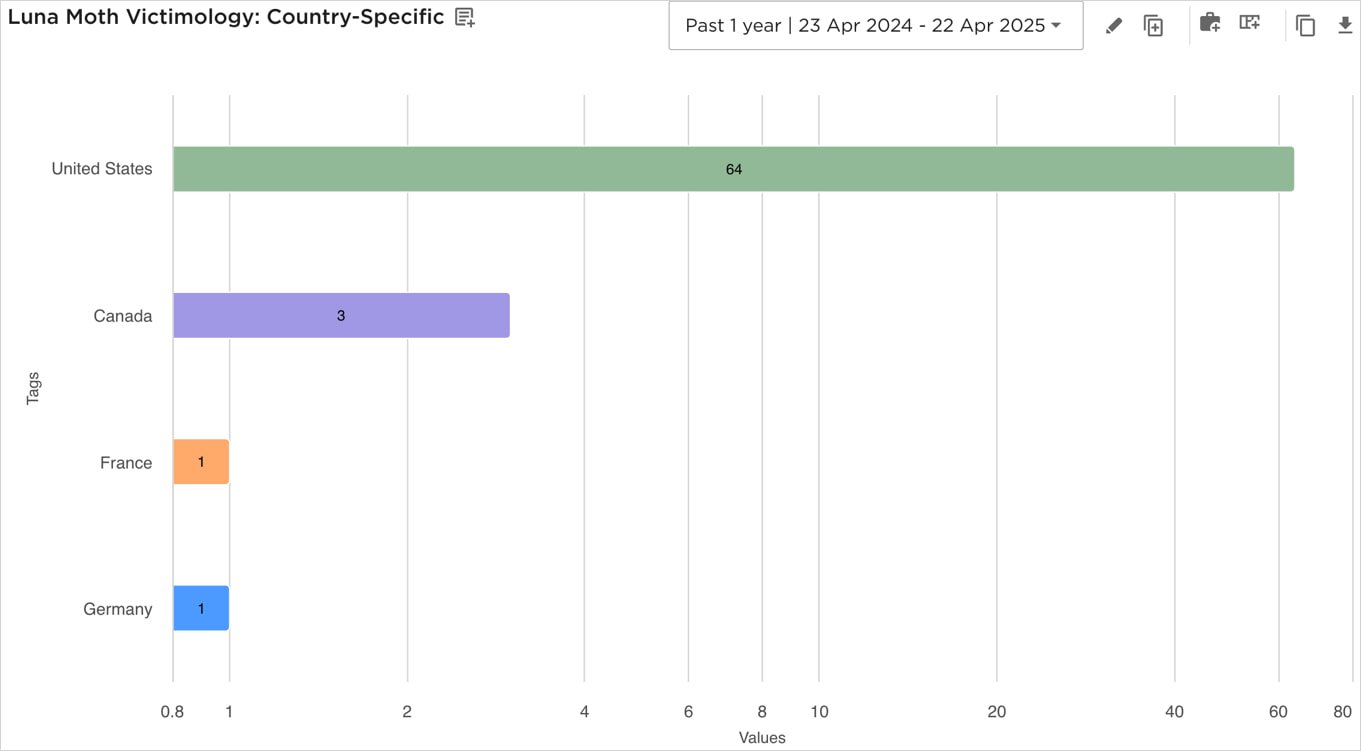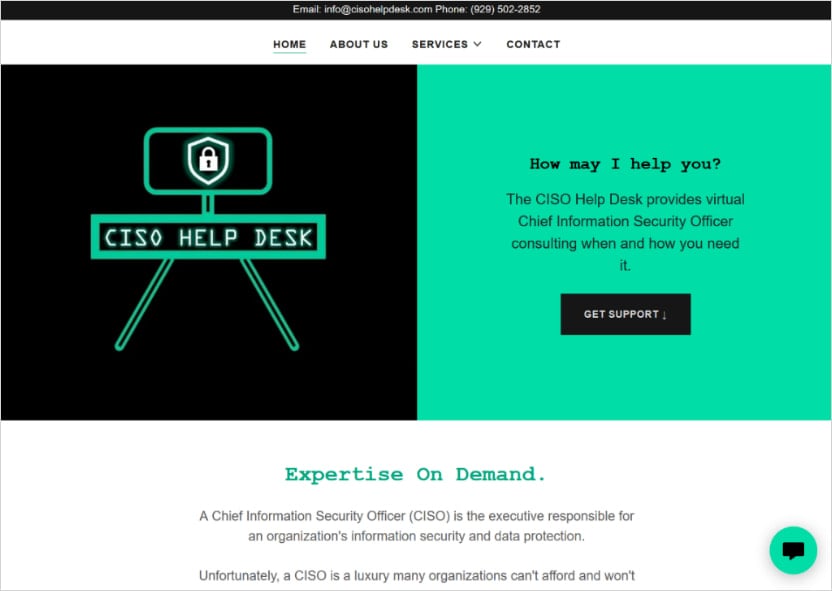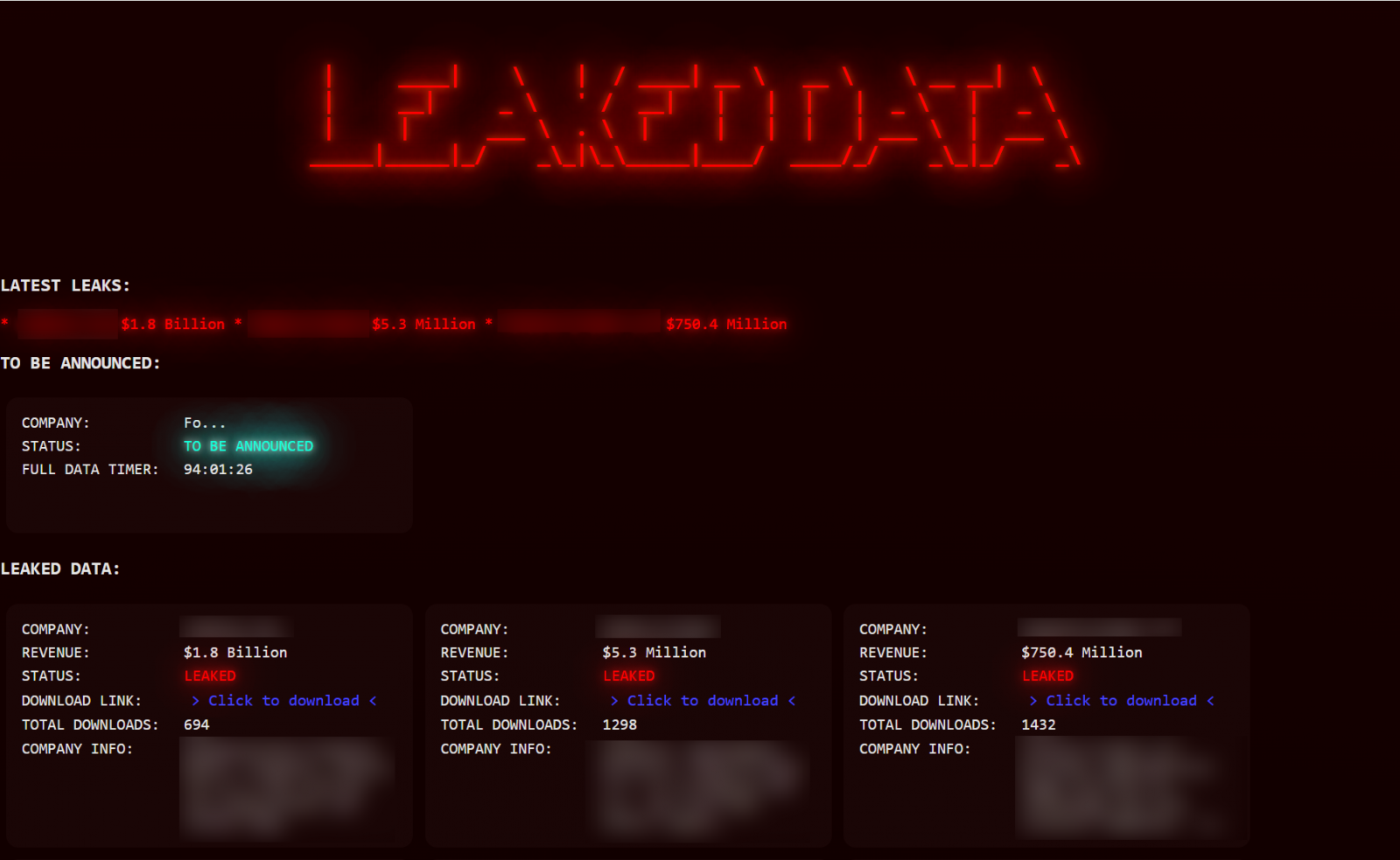The information-theft extortion group referred to as Luna Moth, aka Silent Ransom Group, has ramped up callback phishing campaigns in assaults on authorized and monetary establishments in america.
In response to EclecticIQ researcher Arda Büyükkaya, the final word objective of those assaults is knowledge theft and extortion.
Luna Moth, recognized internally as Silent Ransom Group, are menace actors who beforehand performed BazarCall campaigns as a option to acquire preliminary entry to company networks for Ryuk, and later, Conti ransomware assaults.
In March 2022, as Conti began to close down, the BazarCall menace actors separated from the Conti syndicate and shaped a new operation known as Silent Ransom Group (SRG).
Luna Moths’s newest assaults contain impersonating IT help via e-mail, pretend websites, and telephone calls, and rely solely on social engineering and deception, with no ransomware deployment seen in any of the circumstances.
“As of March 2025, EclecticIQ assesses with excessive confidence that Luna Moth has possible registered a minimum of 37 domains via GoDaddy to help its callback-phishing campaigns,” reads the EclecticIQ report.
“Most of those domains impersonate IT helpdesk or help portals for main U.S. regulation companies and monetary providers companies, utilizing typosquatted patterns.”

Supply: EclecticIQ
The newest exercise noticed by EclecticIQ begins in March 2025, concentrating on U.S.-based organizations with malicious emails that include pretend helpdesk numbers recipients are urged to name to resolve non-existent issues.
A Luna Moth operator solutions the decision, impersonating IT workers, and convinces the sufferer to put in distant monitoring & administration (RMM) software program from pretend IT assist desk websites that offers the attackers distant entry to their machine.
The pretend assist desk websites make the most of domains that comply with naming patterns like [company_name]-helpdesk.com and [company_name]helpdesk.com.

Supply: EclecticIQ
Some instruments abused in these assaults are Syncro, SuperOps, Zoho Help, Atera, AnyDesk, and Splashtop. These are reputable, digitally signed instruments, in order that they’re unlikely to set off any warnings for the sufferer.
As soon as the RMM software is put in, the attacker has hands-on keyboard entry, permitting them to unfold to different gadgets and search native recordsdata and shared drives for delicate knowledge.
Having positioned invaluable recordsdata, they exfiltrate them to attacker-controlled infrastructure utilizing WinSCP (through SFTP) or Rclone (cloud syncing).
After the information is stolen, Luna Moth contacts the victimized group and threatens to leak it publicly on its clearweb area except they pay a ransom. The ransom quantity varies per sufferer, starting from one to eight million USD.

Supply: BleepingComputer
Büyükkaya feedback on the stealth of those assaults, noting that they contain no malware, malicious attachments, or hyperlinks to malware-ridden websites. The victims merely set up an RMM software themselves, considering they’re receiving assist desk help.
Because the enterprise generally makes use of these RMM instruments, they aren’t flagged by safety software program as malicious and are allowed to run.
Indicators of compromise (IoCs), together with IP addresses and phishing domains that ought to be added to a blocklist, can be found on the backside of EclecticIQ’s report.
Aside from the domains, it is usually really useful to think about limiting the execution of RMM instruments that aren’t utilized in a corporation’s setting.


